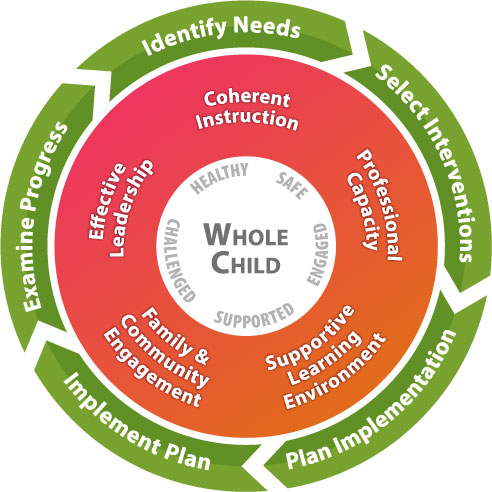
Once at-risk students have been identified through an Early Warning System, LEAs and schools will determine interventions that will best meet the student’s needs. The relevance of the evidence, specifically the setting and/or population of the evidence, as well as local capacity to support interventions may predict how well an evidence-based intervention will work in a local context.
Select
Evidence-Based Interventions (EBI) are strategies, practices, and programs with available research documenting their effectiveness and data suggesting that if used as designed, they will enhance student progress. EBIs are content specific and should be based on the needs of the students in need of intervention.
Click each image to access resource, presentation or full document.
Select Evidenced-Based Interventions An LEA School Guide for Identifying Evidence-Based
Interventions
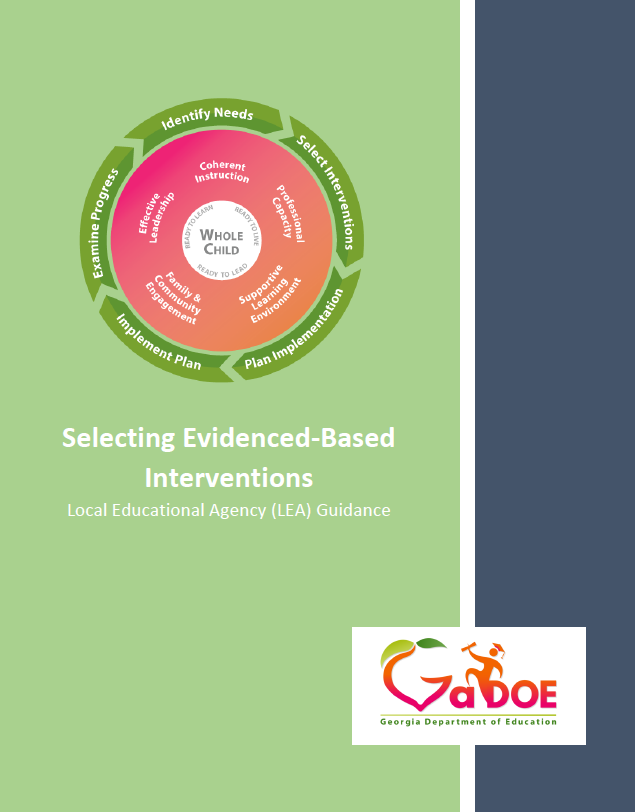
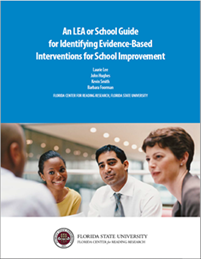
Evidence-Based Practices: What, Why, Where and How?
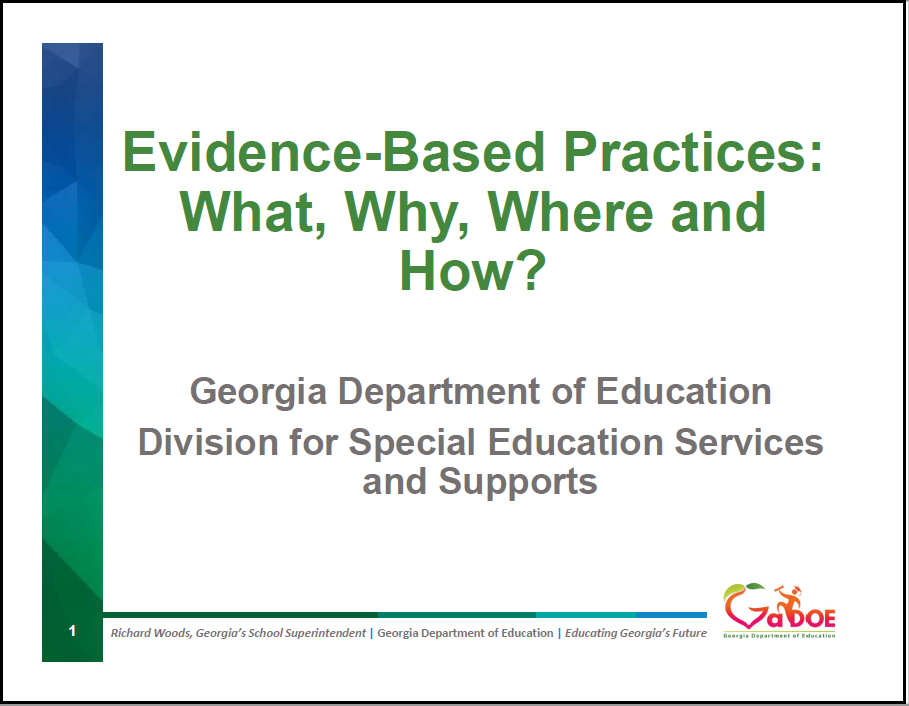
Evidence-Based Practices Resource Links












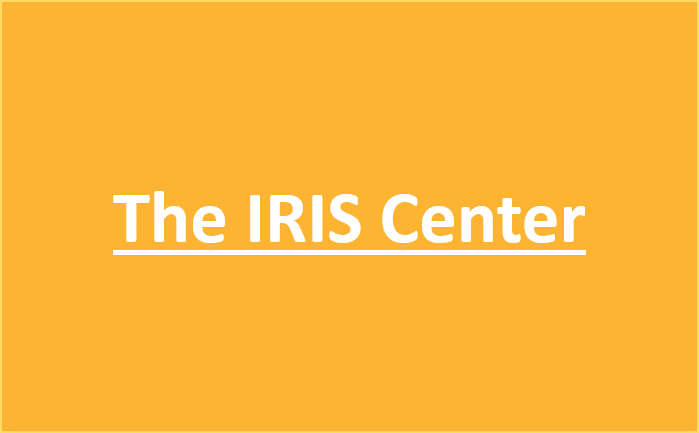


Visible Learning Plus 250+ Influences on Taxonomy of Intervention Intensity: Academic and
Student Achievement Behavior -
National Center on Intensive Intervention at American
Institutes for Research (AIR)
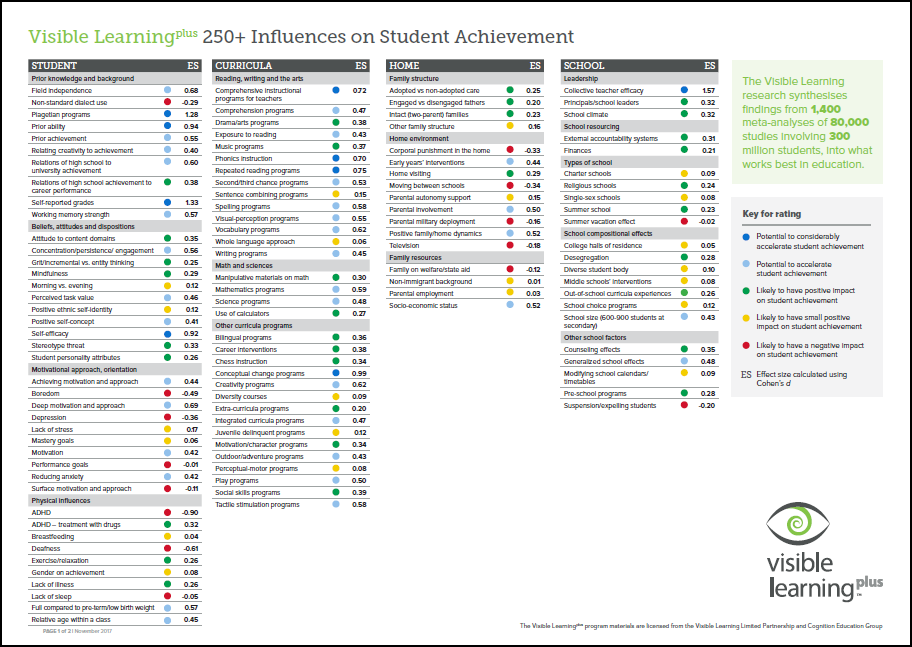
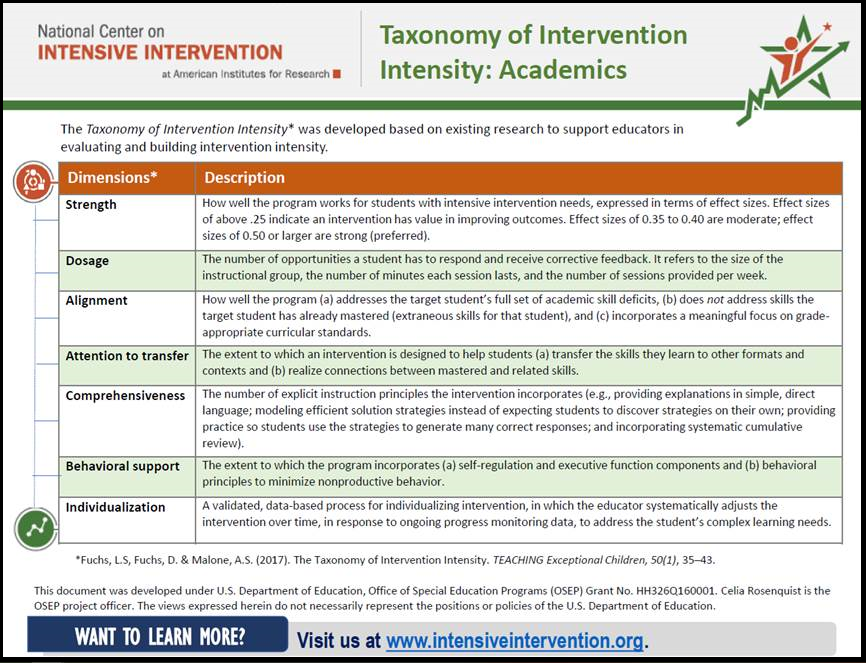
Align
Once students are identified as being at-risk for dropping out, the next step is to select interventions and strategies that will meet their needs. If students are flagged for attendance, it would be important to identify interventions or strategies to support regular school attendance. Frazelle and Nagel (2015) suggest schools develop a list of all possible supports currently provided to help teachers’ access specific supports and strategies.
The School Completion Strategies that Work in Rural Schools resource provides an example Indicator- Intervention map below.
Indicator-Intervention Maps
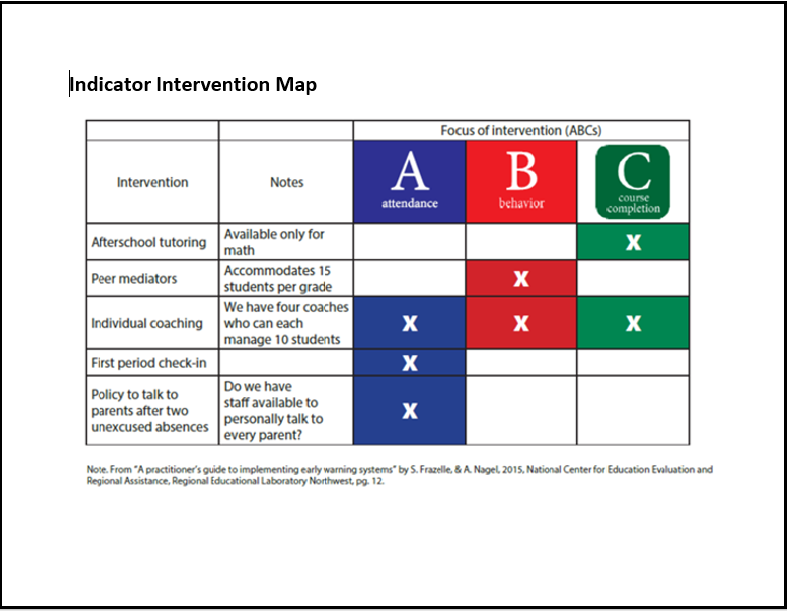
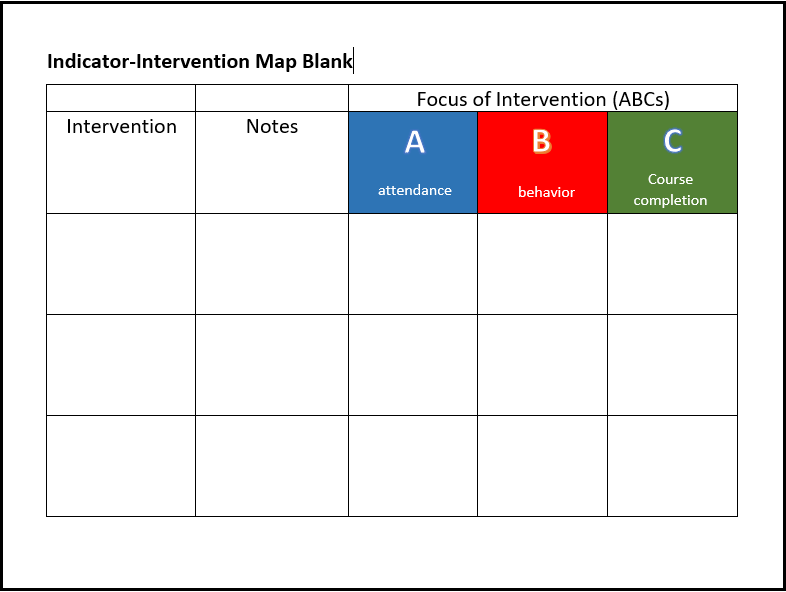
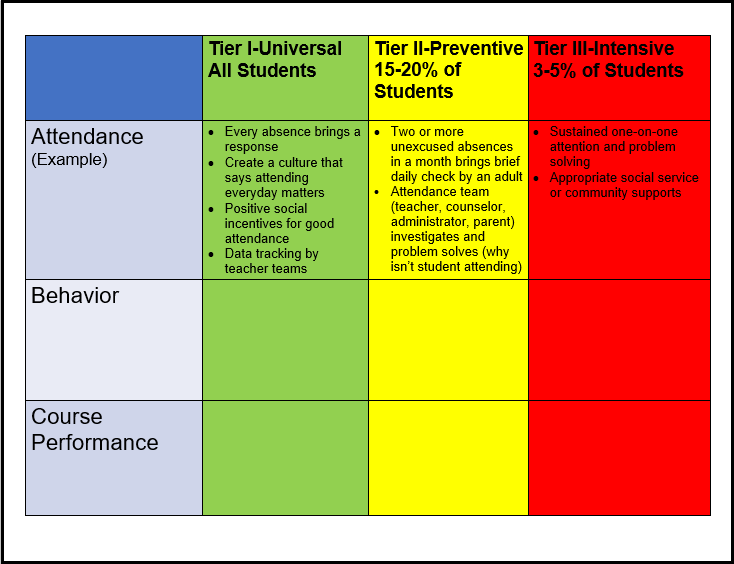
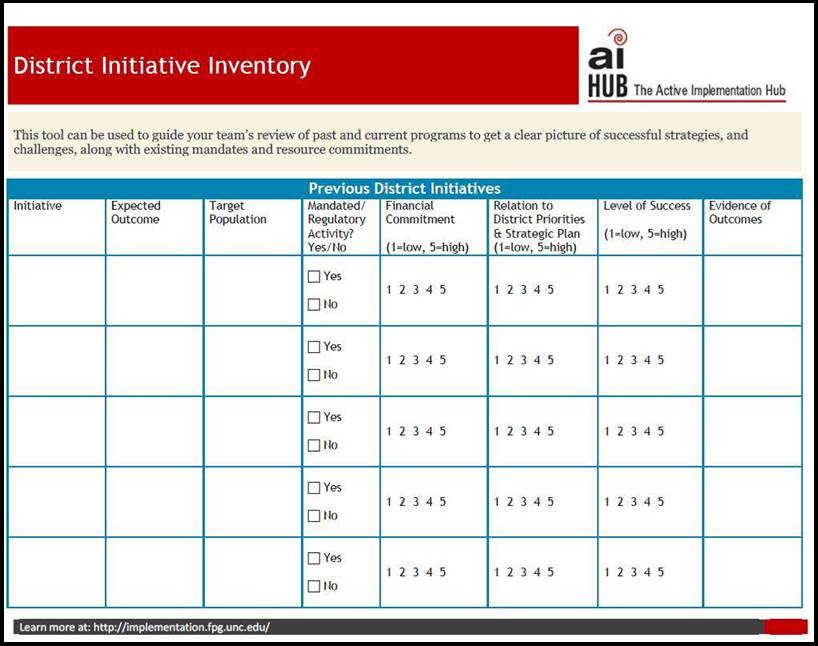
NiRN Hexagon Discussion Analysis Tool School Improvement Specialist Field Guide Tool 4.3
Feasibility Worksheet
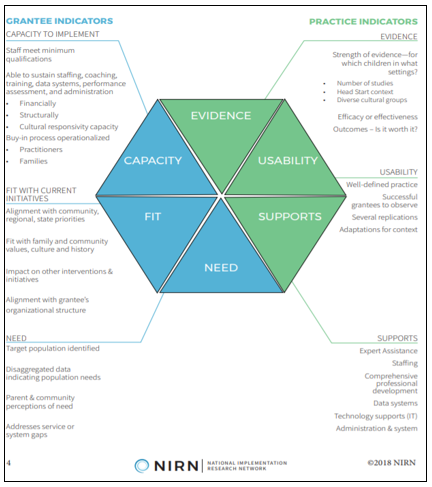
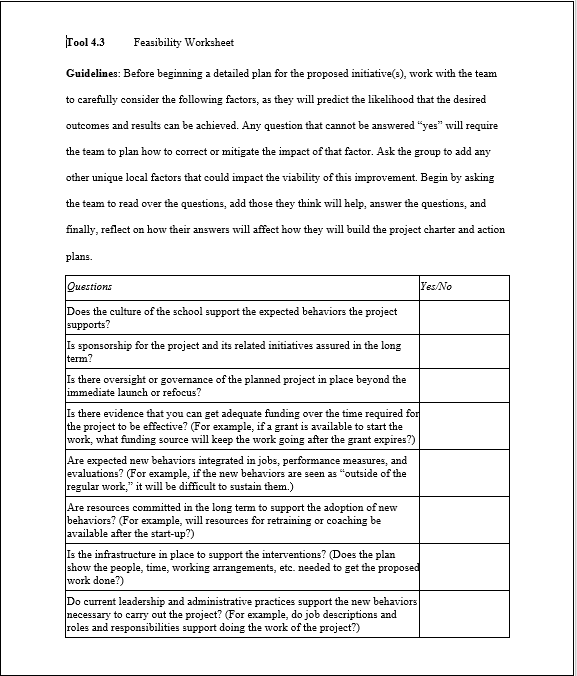
Schedule
Determining when the chosen interventions will be implemented is an important step that must be considered. Implementing interventions effectively requires time for both the planning and delivery of interventions.
Strategies for Scheduling
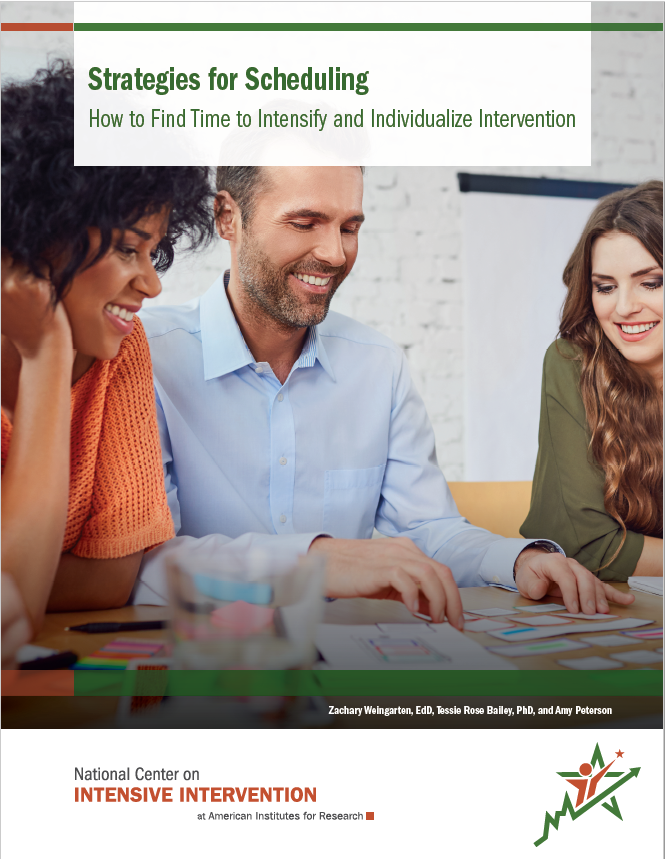

Students missing 10 percent or more of school, excused, unexcused or from suspensions, are severely at-risk for academic failure. Keeping students in school must be a priority for LEAs and schools. Proven strategies and interventions for keeping students in school that have impact at the district, school, and individual student levels are provided below.
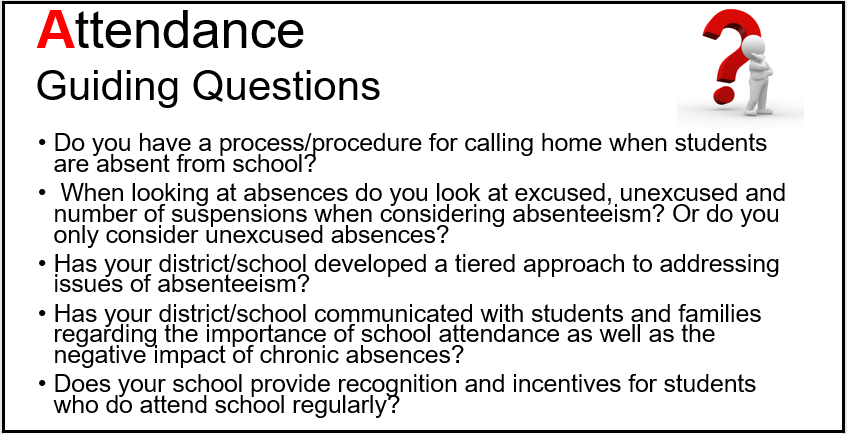
Data Visualization Can Help Educators Tiers of Intervention to Reduce
Address Chronic Absences (wested.org) Chronic Absence
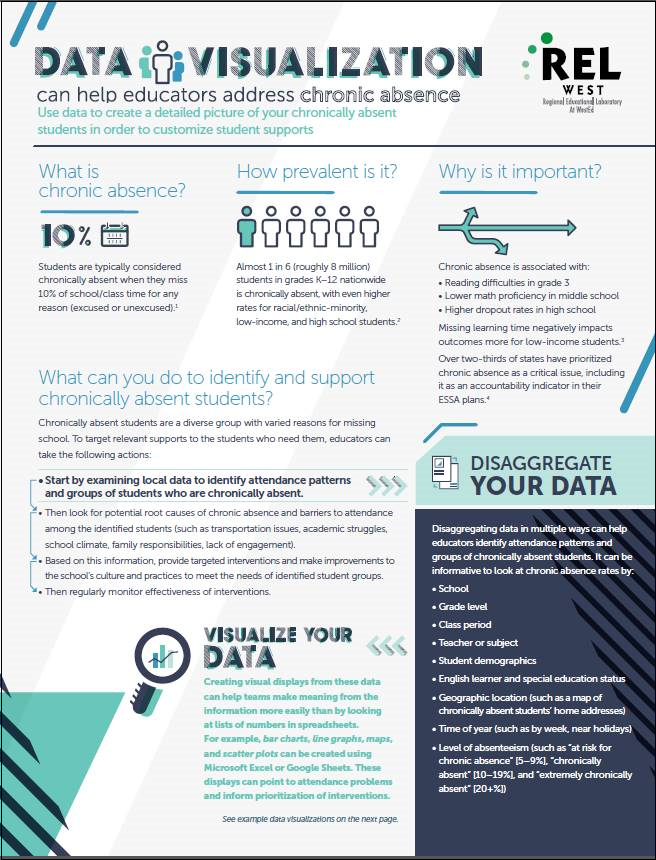
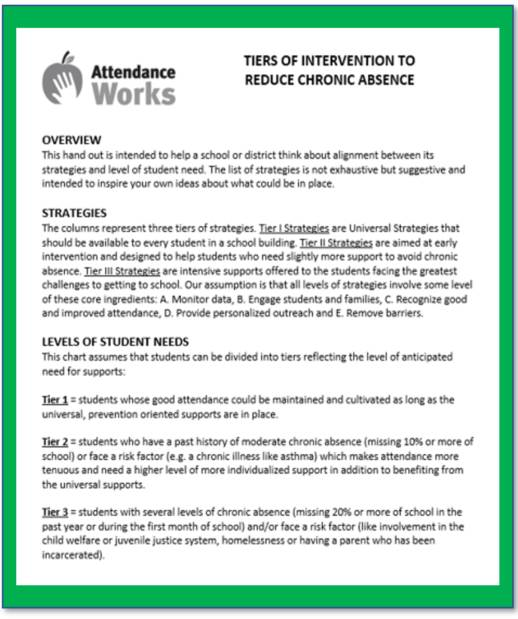

These resources support the principle that students of all ages experience a reduction in unnecessary discipline referrals, increased achievement and social emotional well-being when effective evidence-based practices are implemented in equitable and safe learning environments.
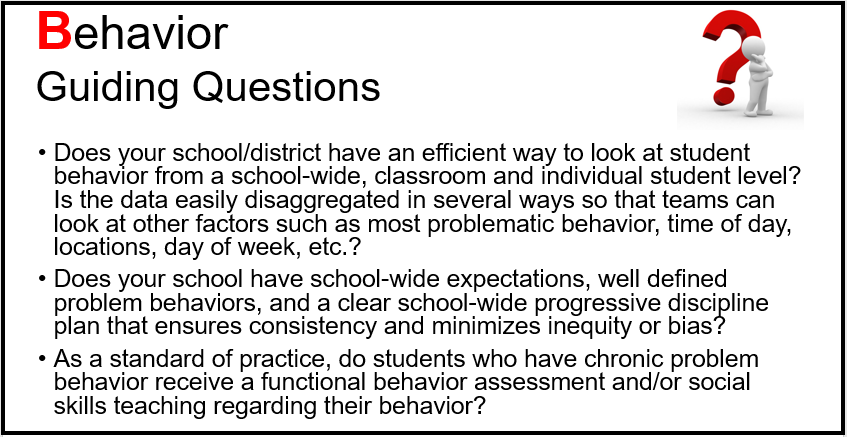
Classroom Behavior Strategies Metro South GLRS Top 17 Classroom Management Strategies
Trifold Strategies for Every Classroom
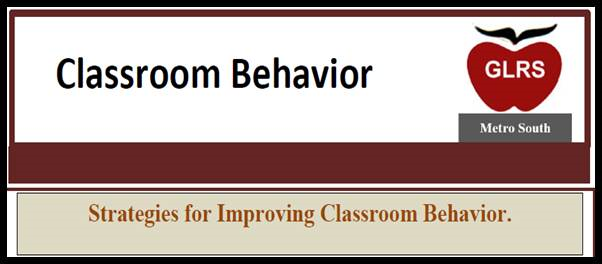
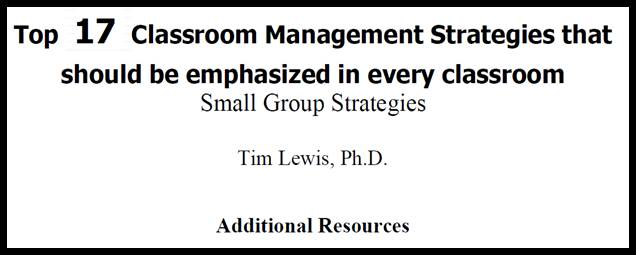
Analyzing Student Level Disciplinary Behavior Reflection Sheet for Young
Data: A Guide for Districts Children
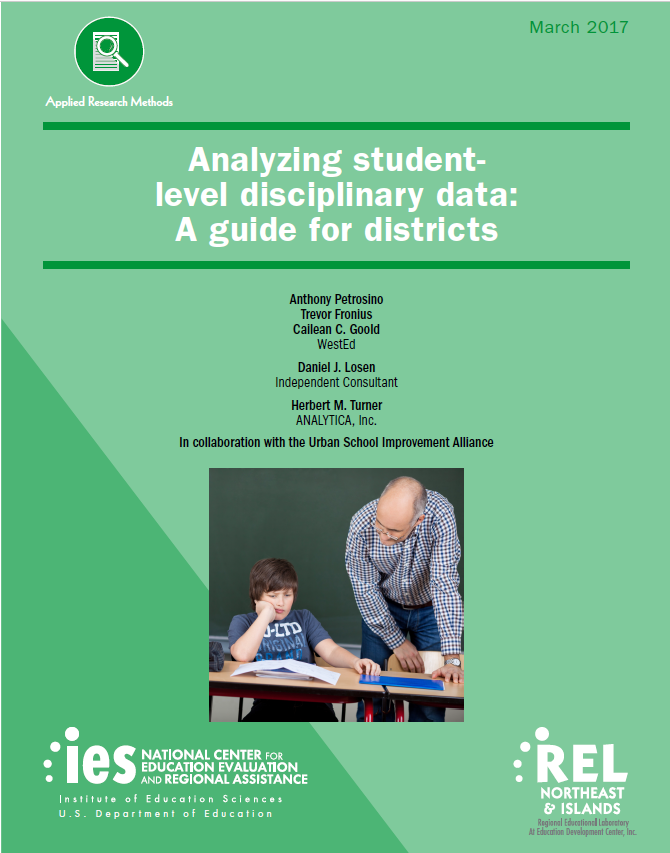
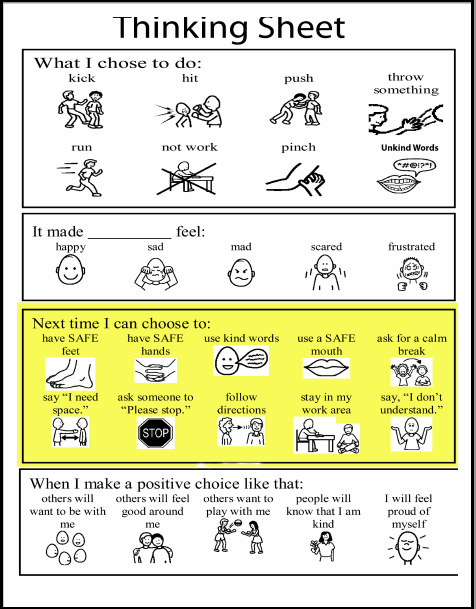
Behavior Reflection Sheet for Early Behavior Reflection Sheet for Adolescents
Childhood

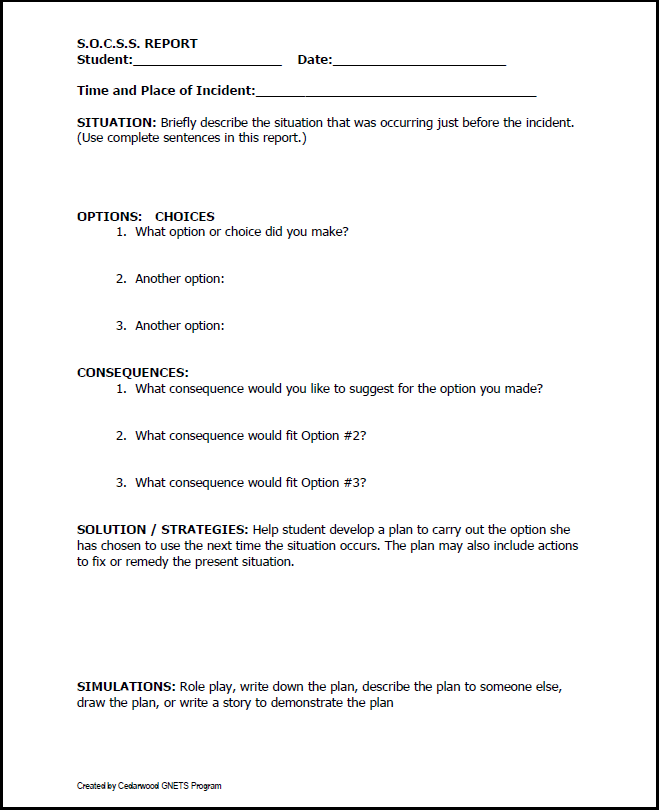
Reducing Behavior Problems in the
Elementary School Classroom
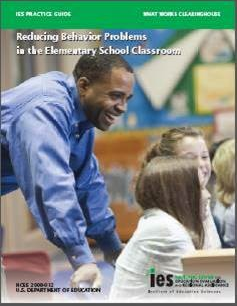
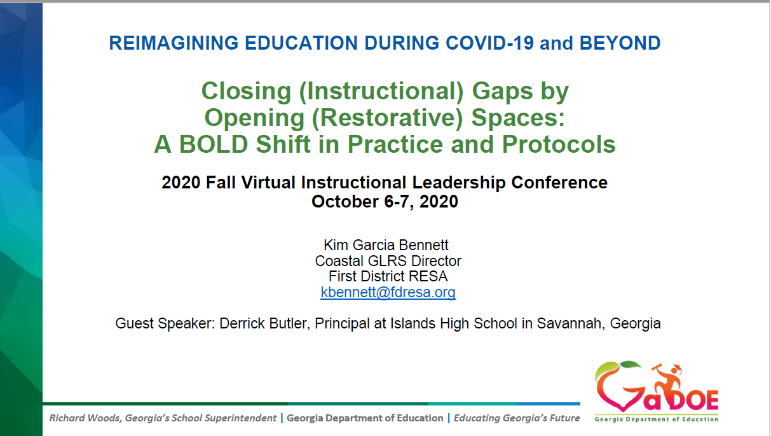
Behavior Support for Intensive Intervention
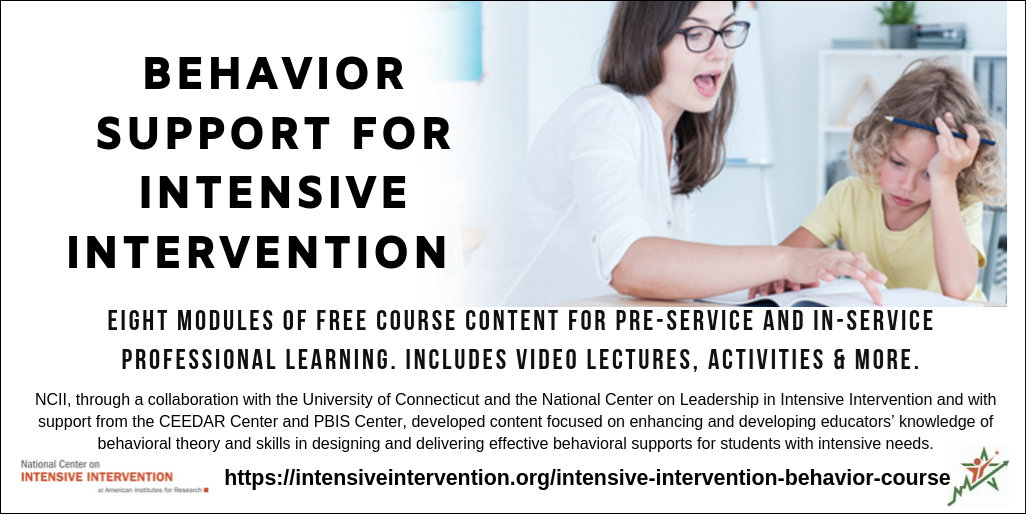
Alternatives to Suspension
Instead of Suspension - Alternative How Does Early Childhood Suspension Relate
Strategies for Effective School Discipline to Achievement in Reading and Math
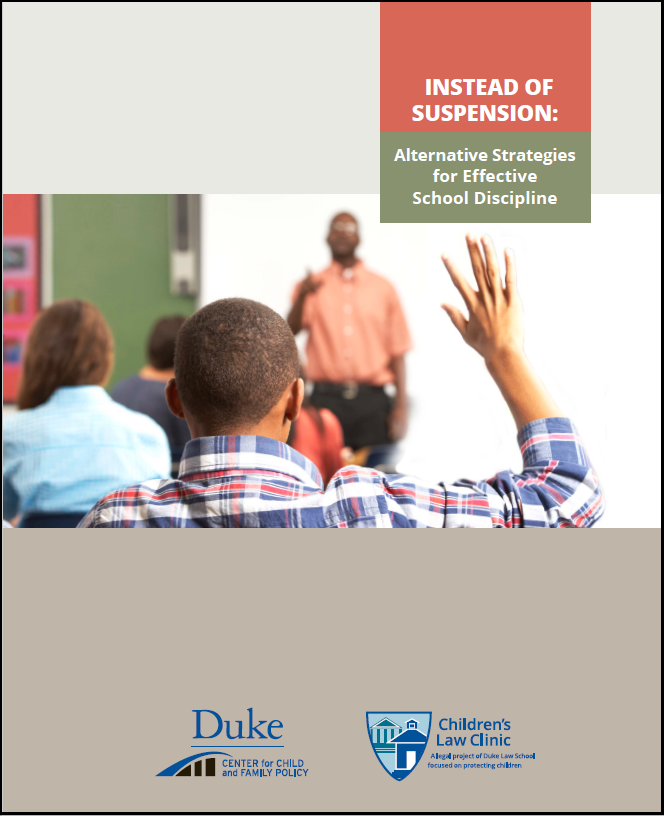
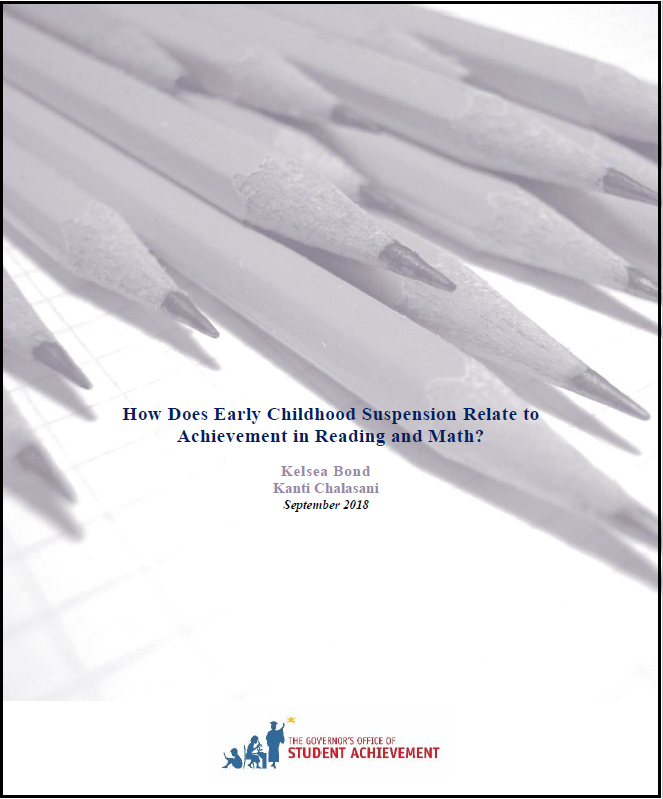
Classroom Management
Behavior Contracts
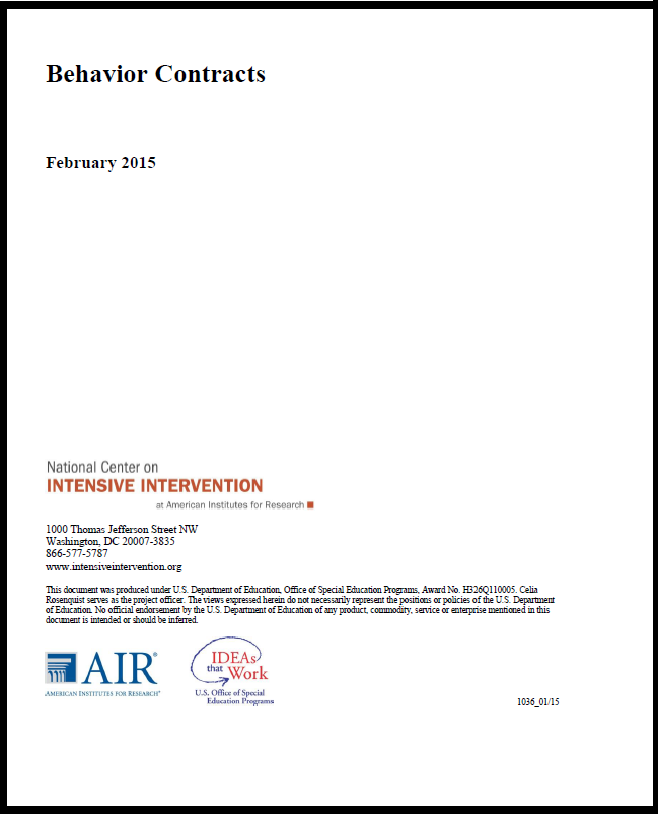

LEAs and schools that provide tiered academic supports for students to improve course performance, encounter greater student engagement, increased achievement, fewer discipline referrals, and a greater sense of social connectedness. The resources below provide assistance for LEAs and schools on improving course performance for students.
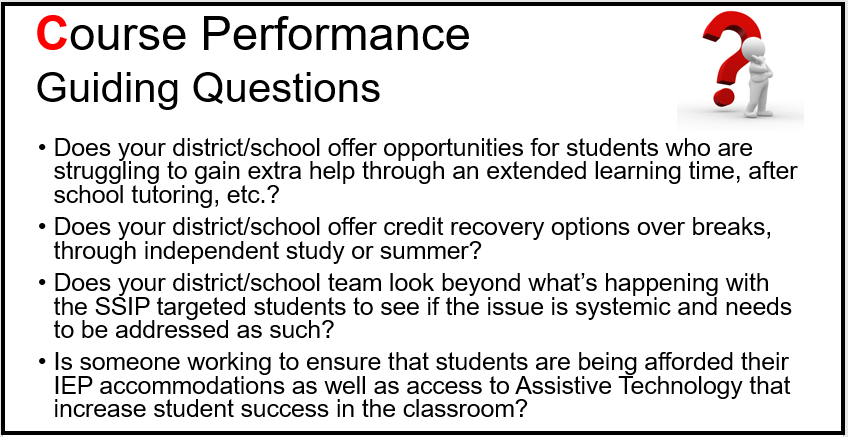
How Can WWC Practice Guides Help Teachers? New
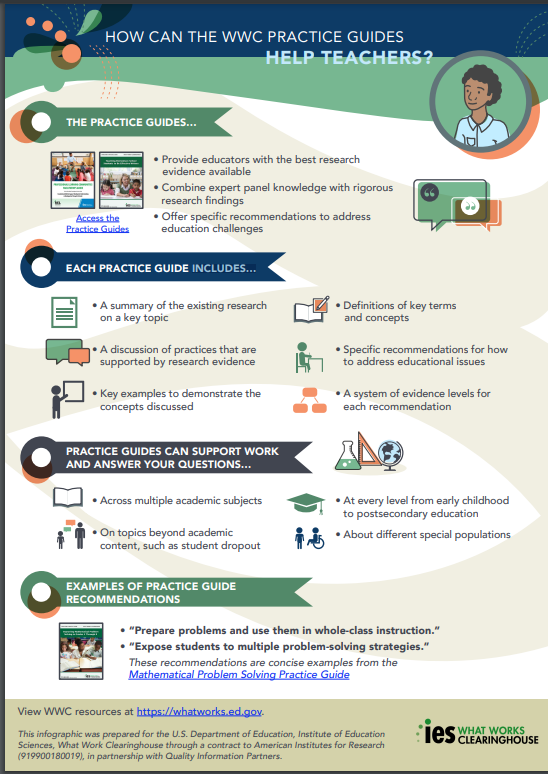
Practice Guides - Institute of Educational Sciences/What Works Clearinghouse
Specialized Instructional Strategies CAGLRS Processing Deficits, Accommodations and
Instruction Strategies
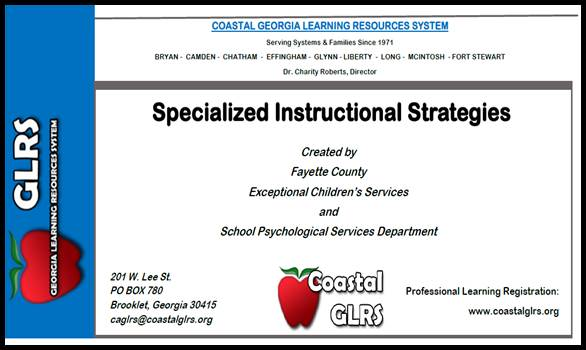
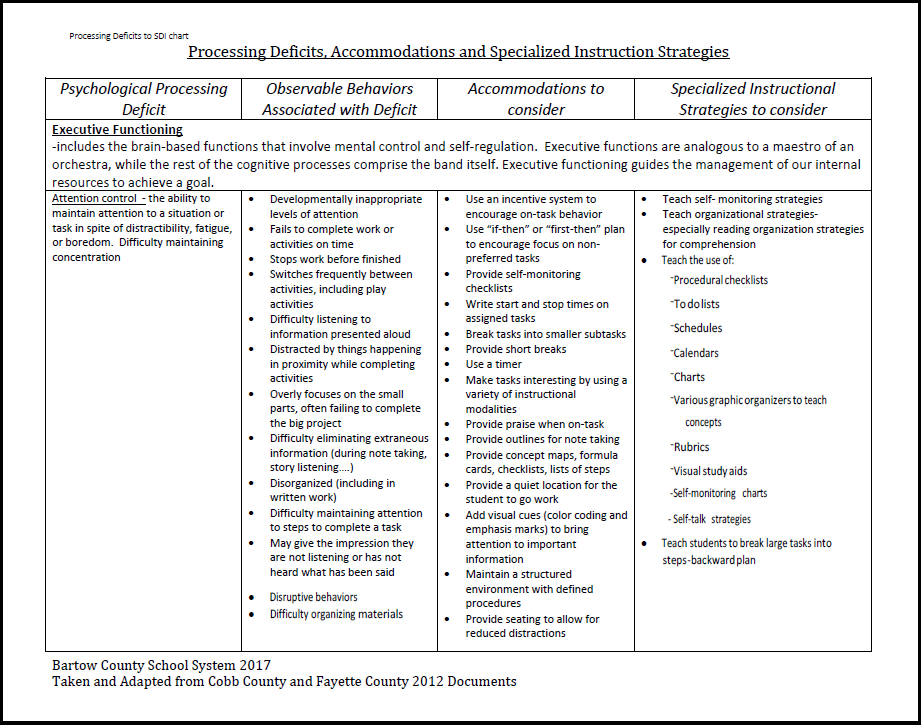
Self-Study Guide for Implementing High Implementing Evidence-Based Literacy
School Academic Interventions Practices
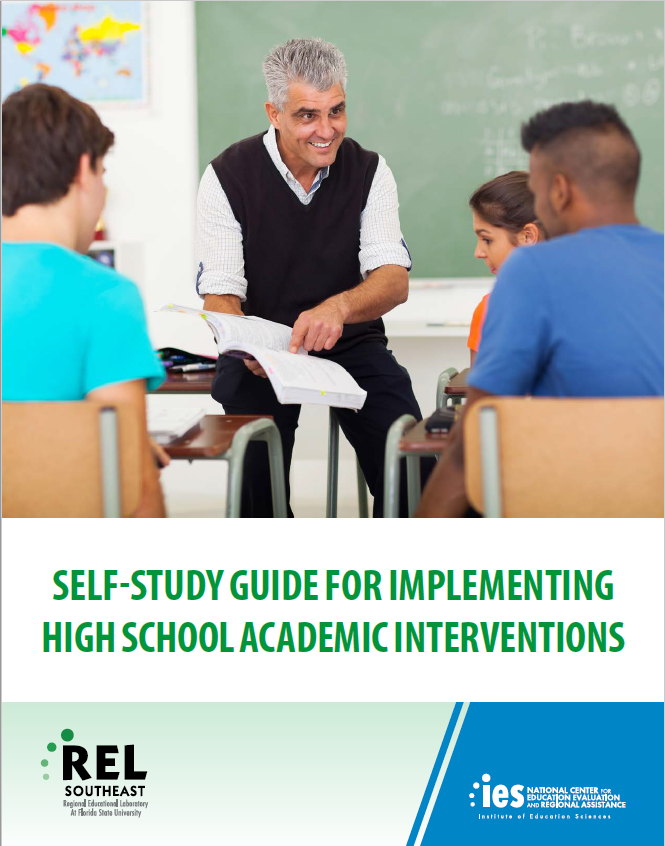
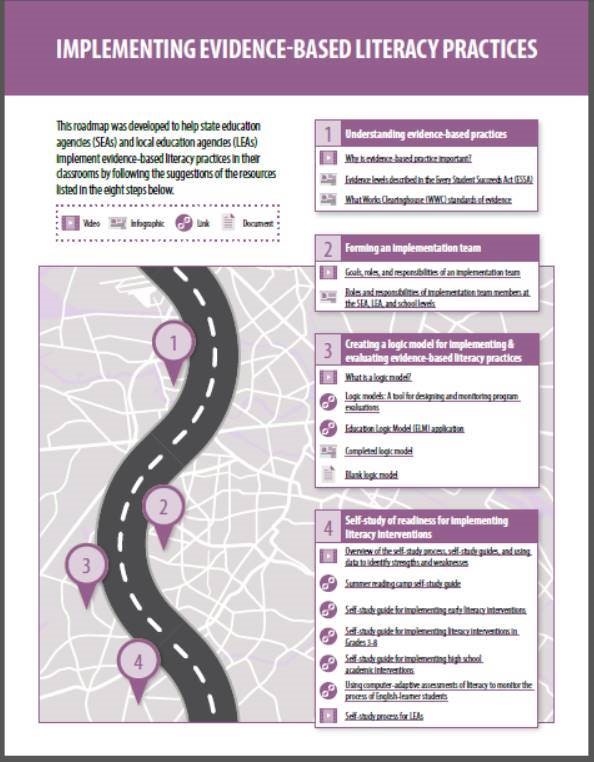

A growing body of research has emerged that demonstrates that well-being and connectedness skills are essential to students’ learning and life outcomes. The resources below provide LEAs and schools with tools to determine programs and curriculum that would positively impact the students and families that they serve.
How Social-Emotional Learning Helps Children Succeed


Bibb County Tardy & Attendance Initiative "Don't Be Late or You will Miss Something Great!"
Brantley County Failing Grades and Solutions Tracker 
Check and Connect Leadership Launch May 2021 
DeKalb County EWS Data Collection Process

Effingham County Check and Connect PDF with embedded video

Griffin-Spalding County Schools MTSS Promising Practices

Wayne County Check and Connect

Disclaimer: We have taken all reasonable care to ensure that the information contained within these pages is accurate and up-to-date. We do not endorse any non-Georgia Department of Education websites or products contained within these pages or through external hyperlinks. These webpages and documents provide only a sampling of available resources and in no way should be considered an exhaustive list of available resources. It is at the discretion of individual districts and schools to determine appropriate resources to serve stakeholders. Email katherine.johnson@doe.k12.ga.us to recommend additional resources.

